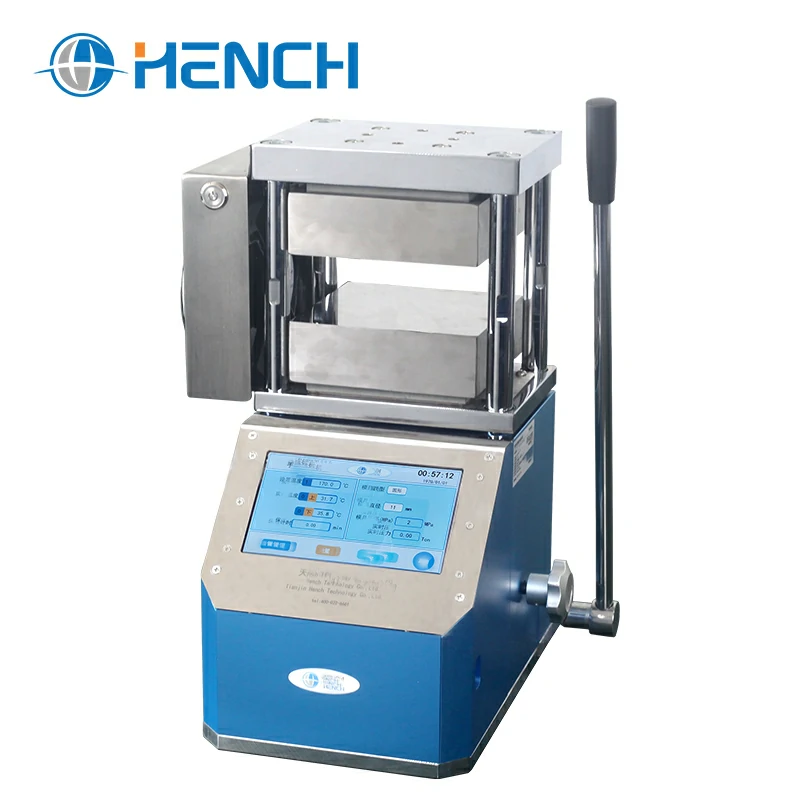Understanding Hot Isostatic Press Cost: What Every Manufacturer Should Know
October 15, 2025
What Is a Hot Isostatic Press and Why It Matters
A Hot Isostatic Press (HIP) is a specialized piece of industrial equipment designed to eliminate internal voids in metals, ceramics, and composite materials through high temperature and isostatic gas pressure. This process enhances material density, mechanical strength, and fatigue resistance—making it vital for industries such as aerospace, automotive, defense, and medical manufacturing.
Unlike traditional sintering or forging, HIP processing achieves uniform pressure from all directions, ensuring that even the most complex parts achieve near-perfect density. As technology advances, the cost of hot isostatic press systems has become a key consideration for manufacturers evaluating efficiency, production scale, and quality requirements.
For laboratories or research facilities exploring high-precision material densification, working with a reliable lab equipment supplier ensures access to the latest HIP and related technologies, along with expert guidance in selecting suitable systems for your needs.
Key Factors That Influence Hot Isostatic Press Cost
When investing in a HIP system, multiple variables can affect the total cost:
- Size and Capacity – The volume of the pressure vessel directly impacts pricing. Larger units designed for industrial-scale production naturally cost more than compact laboratory models.
- Pressure and Temperature Ratings – Higher performance levels (e.g., 2000 bar or 2000°C) require more robust engineering, advanced materials, and strict safety compliance, increasing the system’s base price.
- Automation and Control Systems – Modern HIP machines often include fully digital PLC control, data logging, and real-time monitoring. While this raises the upfront cost, it significantly improves operational consistency and safety.
- Maintenance and Energy Efficiency – Energy-efficient designs, such as rapid cooling systems or optimized insulation, may add to the purchase price but reduce long-term operating expenses.
- Manufacturer Expertise and After-Sales Service – Choosing an experienced supplier can lower lifetime costs through better reliability, service support, and spare parts availability.
Understanding these elements helps businesses balance performance requirements with capital expenditure and ensures a smarter investment decision.

Comparing Hot Isostatic Press Costs for Research and Production Use
For research labs or universities, smaller laboratory press systems are typically more affordable and easier to maintain. These compact units are designed for experimentation, small-batch prototyping, and academic material studies. Prices can vary depending on chamber volume and control precision but are usually within the lower investment range compared to industrial-scale presses.
In contrast, full-scale HIP systems used in aerospace or manufacturing are larger and more complex, offering automated control, advanced safety systems, and higher throughput capabilities. While these systems demand a higher initial investment, their long-term value is unmatched due to productivity, part quality, and defect reduction benefits.
If your organization is in the process of upgrading or scaling operations, collaborating with a professional laboratory press supplier can help tailor the right system configuration for your technical and financial goals.
How to Optimize Your HIP Investment
To make the most out of your investment in hot isostatic pressing equipment:
- Conduct a thorough cost-benefit analysis – Evaluate how material performance improvements will affect overall production costs and part performance.
- Work with experienced engineers – Collaborate with suppliers that understand both the equipment and your application requirements.
- Plan for scalability – Choose a system that can adapt to increased production demand or future material innovations.
- Prioritize maintenance and calibration – Regular upkeep ensures stable performance and extends equipment lifespan.
Partnering with a trusted lab equipment supplier can streamline this process—helping you integrate a HIP solution that balances precision, efficiency, and total cost of ownership.
About Hench – Your Reliable Partner in Laboratory Equipment
Hench is a professional supplier of high-quality laboratory and material testing equipment, specializing in advanced hydraulic and isostatic press solutions. We provide tailored systems designed to meet the demanding needs of research institutions and manufacturing facilities worldwide. With a focus on precision engineering, durability, and innovation, Hench ensures that every product supports reliable and consistent performance.
Whether you require a compact laboratory press for R&D or a large-scale industrial unit for mass production, our team offers expert technical support and global service coverage. Partner with Hench to enhance your research and production capabilities with proven engineering excellence.
.png)
.png)



